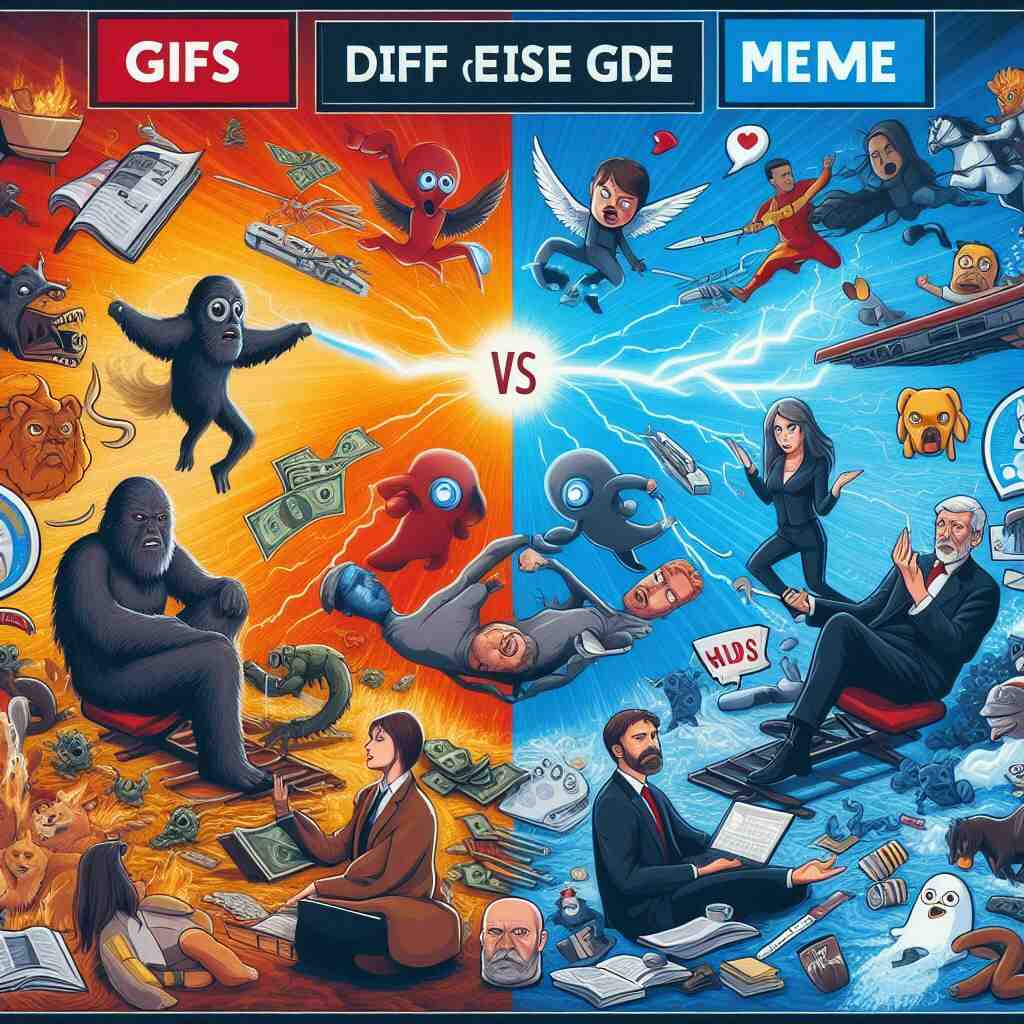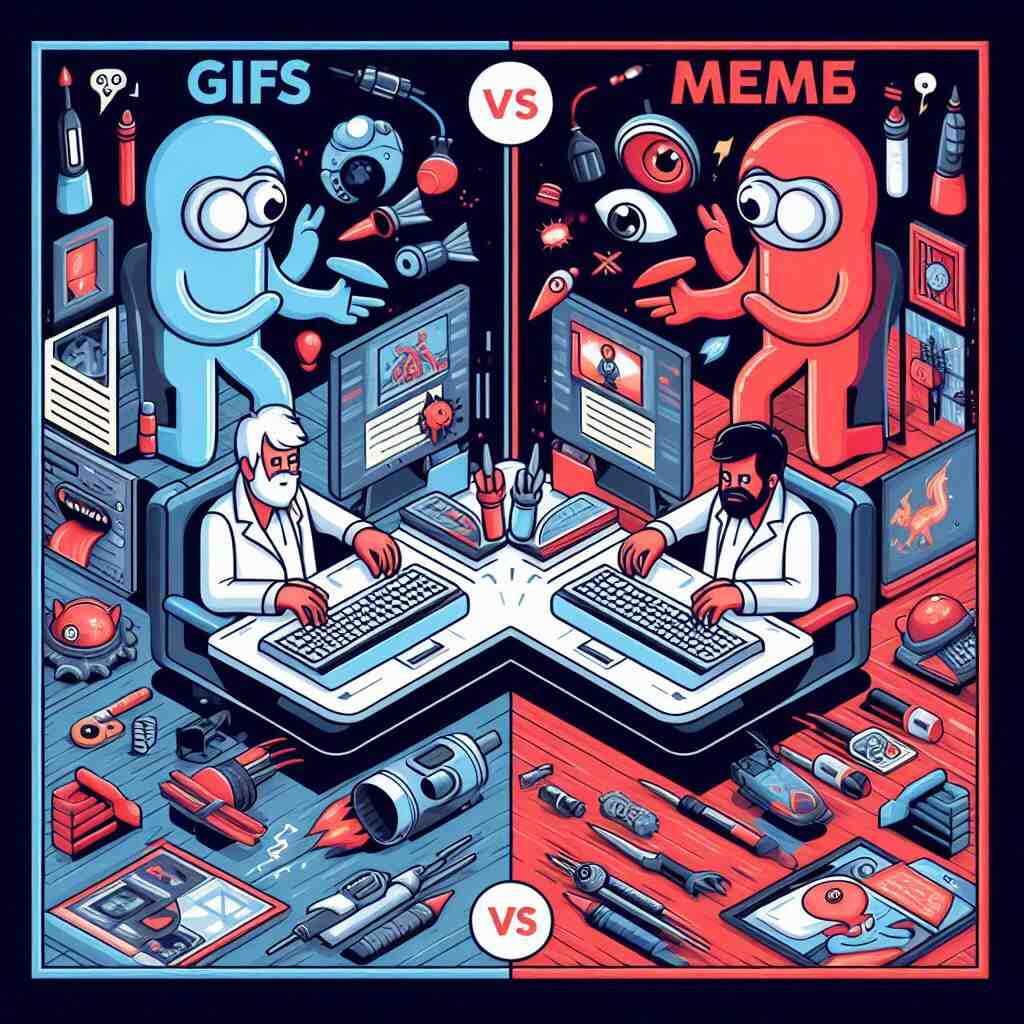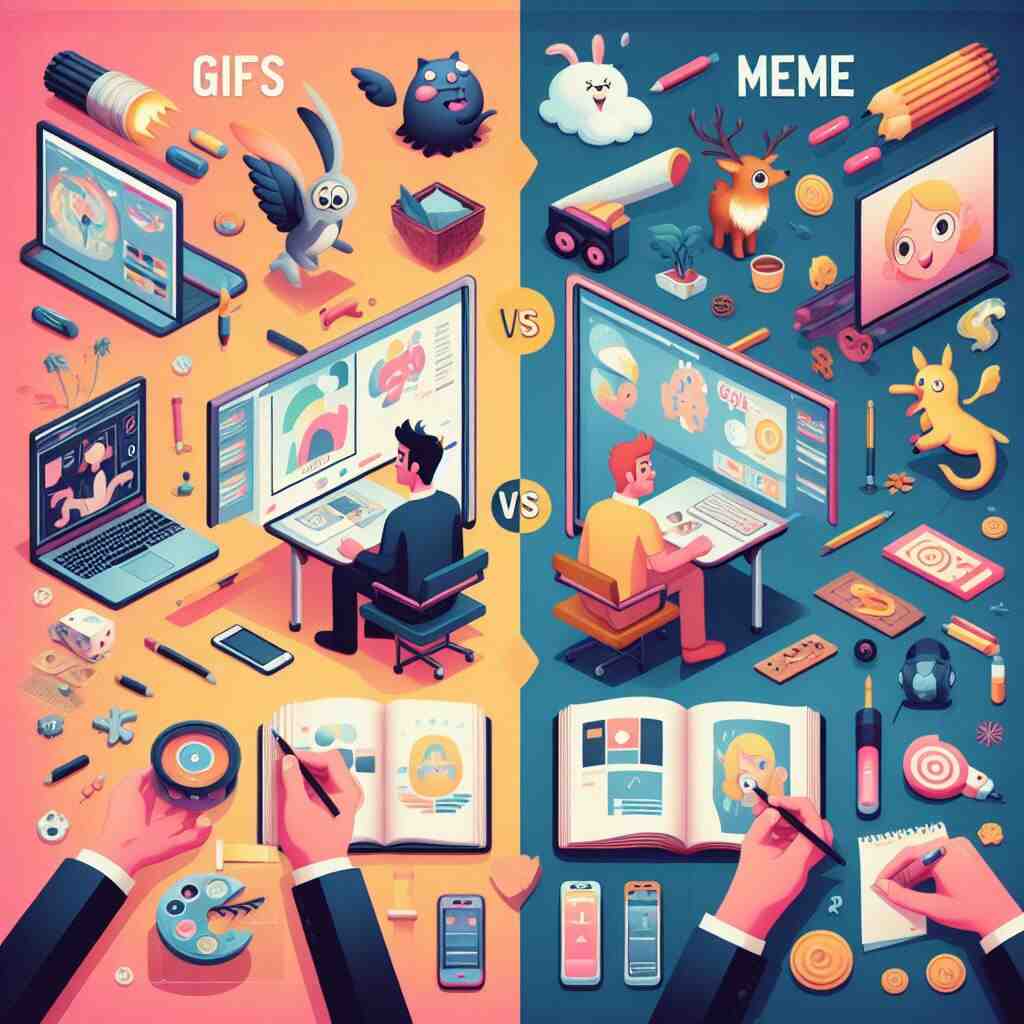
In today’s digital age, capturing the attention of your audience is more challenging than ever. With the constant barrage of information and content vying for their attention, it’s essential for marketers to find creative ways to stand out and engage their audience. One effective strategy for capturing attention and conveying messages in a memorable way is through the use of visual content, such as GIFs and memes. In this blog post, we’ll explore the power of GIFs and memes in marketing and how you can leverage them to enhance your brand’s presence and connect with your audience.
The Rise of Visual Content:
In an increasingly visual-centric digital landscape, visual content has become a driving force in capturing and retaining audience attention. Studies have shown that visual content is more engaging, memorable, and shareable than text-based content alone. As attention spans continue to shrink, marketers are turning to visual formats such as images, videos, GIFs, and memes to cut through the noise and make an impact.
Understanding GIFs:
GIFs, short for Graphics Interchange Format, are animated images or short video clips that loop endlessly. GIFs have become immensely popular on social media and messaging platforms due to their ability to convey emotions, reactions, and humor in a concise and visually engaging format. Whether it’s a funny reaction, a cute animal, or a memorable moment from pop culture, GIFs have the power to evoke emotions and spark conversations.
Exploring Memes:
Memes are images, videos, or text that are humorously captioned or altered to convey a specific message or idea. Memes often feature recurring themes, characters, or cultural references and are widely shared across social media platforms. Memes are effective in marketing because they tap into shared cultural knowledge and humor, making them highly relatable and shareable. When used strategically, memes can help brands connect with their audience, showcase their personality, and participate in online conversations.

Leveraging GIFs and Memes in Your Marketing Strategy:
Enhance Social Media Presence: Incorporate GIFs and memes into your social media posts to add personality, humor, and visual appeal. Use them to engage your audience, spark conversations, and increase shares and likes.
Humanize Your Brand: Use GIFs and memes to showcase the human side of your brand and connect with your audience on a personal level. Share behind-the-scenes GIFs or create memes that reflect your brand’s values and personality.
Stay Relevant and Trendy: Keep up with current trends and internet culture to use GIFs and memes that resonate with your audience. Participate in trending memes and challenges to stay relevant and increase your brand’s visibility.
Inject Humor and Creativity: Use GIFs and memes to inject humor and creativity into your marketing campaigns. Create custom memes that tie into your brand messaging or use GIFs to add humor and lightheartedness to your content.
Encourage User Engagement: Encourage user-generated content by inviting your audience to create and share their own memes or GIFs related to your brand. User-generated content not only increases engagement but also helps foster a sense of community and belonging among your audience.

Conclusion:
In conclusion, GIFs and memes are powerful tools for marketers looking to cut through the clutter and engage their audience in a meaningful way. By incorporating GIFs and memes into your marketing strategy, you can add personality, humor, and visual appeal to your content, making it more engaging, memorable, and shareable. Whether you’re looking to humanize your brand, stay relevant and trendy, or inject humor and creativity into your campaigns, GIFs and memes offer endless possibilities for connecting with your audience and standing out in a crowded digital landscape.
